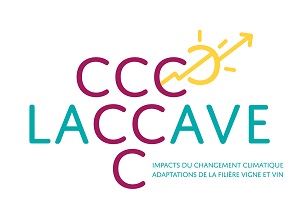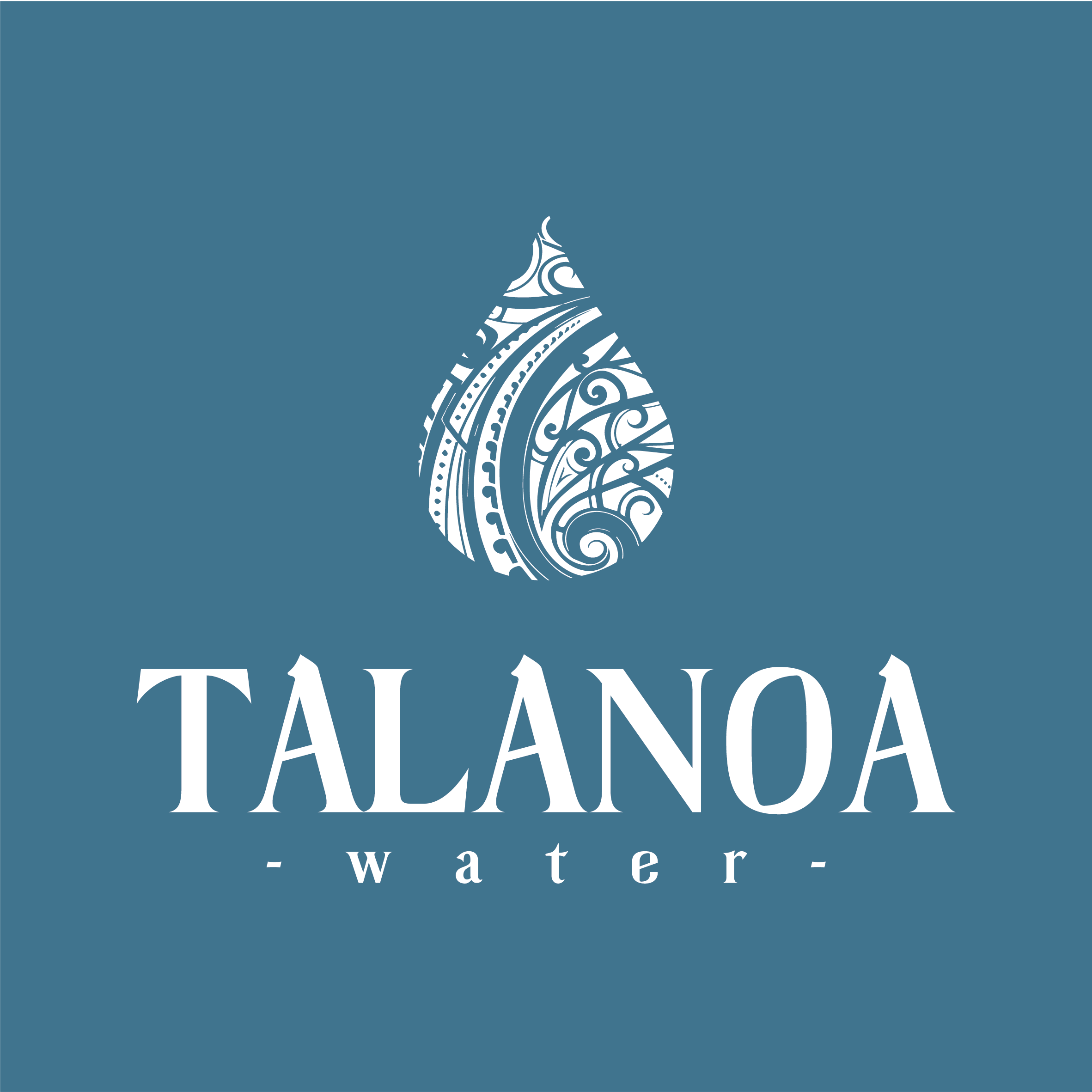Strategic and transformative solutions

From a certain level of change in climatic factors or other factors of global change, profound transformations of socio-economic systems and different actors in the sector can be born. ;necessary. The prospective work carried out in the LACCAVE project has shown: the potential but also the limits of the conservative strategy. Therefore, incremental solutions or so-called tactical solutions may not be sufficient to cope in the new climatic, environmental or market conditions
Among these types of solutions it is then useful to direct searches for solutions in the following ways:
- reorganize the general economic model of the sector. The expected disruptions invite further disruption. review competitiveness models for the company: even if French viticulture is generally built on research into quality and quality. obtained by controlling voluntarily limited returns, it is a question of rethinking the model in a more segmented and more rigorous way. If there is a place for viticulture in this area, high efficiency, competitive on the market worldwide it can only be in Wines without GI and cannot result from downgrading of wines with a GI. On the contrary, only a complete process of agronomic and cost control can lead to this. On the other side, companies oriented towards differentiation strategies will have to adopt a new, more rigorous model, backed by innovation. à lower yields, more remunerative prices but above all real communication. More broadly, just as we need to rethink a new viticulture and a new oenology in a situation of climate change, this requires new marketing strategies and the exploration of new markets for the wine, as well as the redesign of the types of wines under AOP which aim for less yield than other wines, but require an updating of their specifications at the same time as consumer support.
- LACCAVE's prospective work had considered: so-called “nomadic” strategies: seeking new terroirs to grow wine in cooler or more humid areas. This strategy is not accessible to anyone. all according to their financial and social capital and their philosophy of practice. However, beyond strategic objectives displayed at the national level which have largely and deliberately set aside Following these paths, it could be useful to explore the modalities, key success factors and support methods useful for the proportion of the vineyard concerned. Even if the term “nomad” may seem inappropriate, it would be appropriate to anticipate the creation of more northern vineyards in the future. as southern vineyards struggle to survive. maintain oneself. See VINEAS | Reorganize plantings in space
These types of solutions can also be considered proactive and less "reactive" than incremental solutions. ;mental. Significant transformations require careful planning and anticipation because these changes will not be made overnight, a transition to another. The scale of the company and the sectors must be designed and implemented with different stages. Coordination between actors is crucial for the success of these types of strategies.
Authors: Nina Graveline & Hervé Hannin (France)
Upgrade day April 2024
Relations
- Network
- List
- Geolocation
- More
French National Research Institute for Agriculture and Environment- INRAE
First ranking research institute in agriculture in Europe, second worldwide agricultural science provider, the INRA conducts researches concerning major society stakes.
- More
INNOVATION Joint Research Unit
l'UMR Innovation vise à produire des connaissances et contribuer aux débats scientifiques et sociétaux sur les processus d’innovation qui participent aux transformations des systèmes agricoles et alimentaires, face aux enjeux globaux, dont le changement climatique
- More
LACCAVE 2.21
Towards integrated and resilient systems to cope with climate change for the grape and wine industry
- More
Les vins d'appellations vont-ils disparaître ou renaître avec le changement climatique ?
En France, plus de de 90% de la production des vins est signalée par des indications géographiques, AOP ou IGP, mais le changement climatique vient remettre en cause les liens construits historiquement entre es vins et leurs territoires, inscrits dans des cahiers des charges.
- More
OmicBots: High-Throughput Integrative Omic-Robots Platform for a Next Generation Physiology-based Precision Viticulture
OmicBots aims to develop an automatic platform to integrate HTP low-cost robotics-assisted smart-photonics sensors, with artificial intelligence and systems biology (in-silico), to better comprehend how field grapevine physiology/metabolism are driven by Genotype x Environment x Management.
- More
Simulare la mappa dei vigneti di domani con gli indici bioclimatici
Breve articolo pubblicato su Terra Trentina
- More
WorldWine Women : typologies de vignerons acteurs de la viticulture durable
Étude sociologique sur le lien entre caractéristiques socio-économiques et stratégies de viticulture durable en Europe






